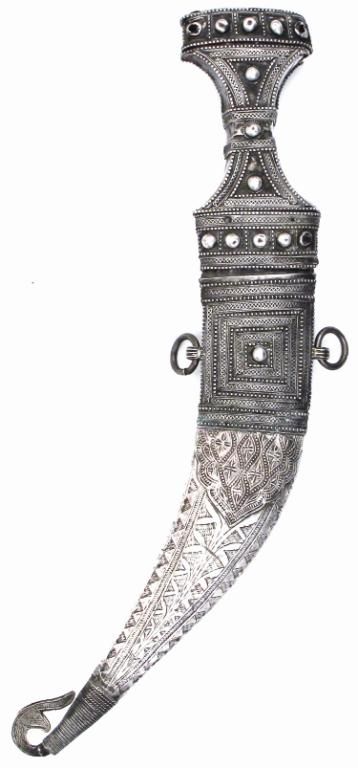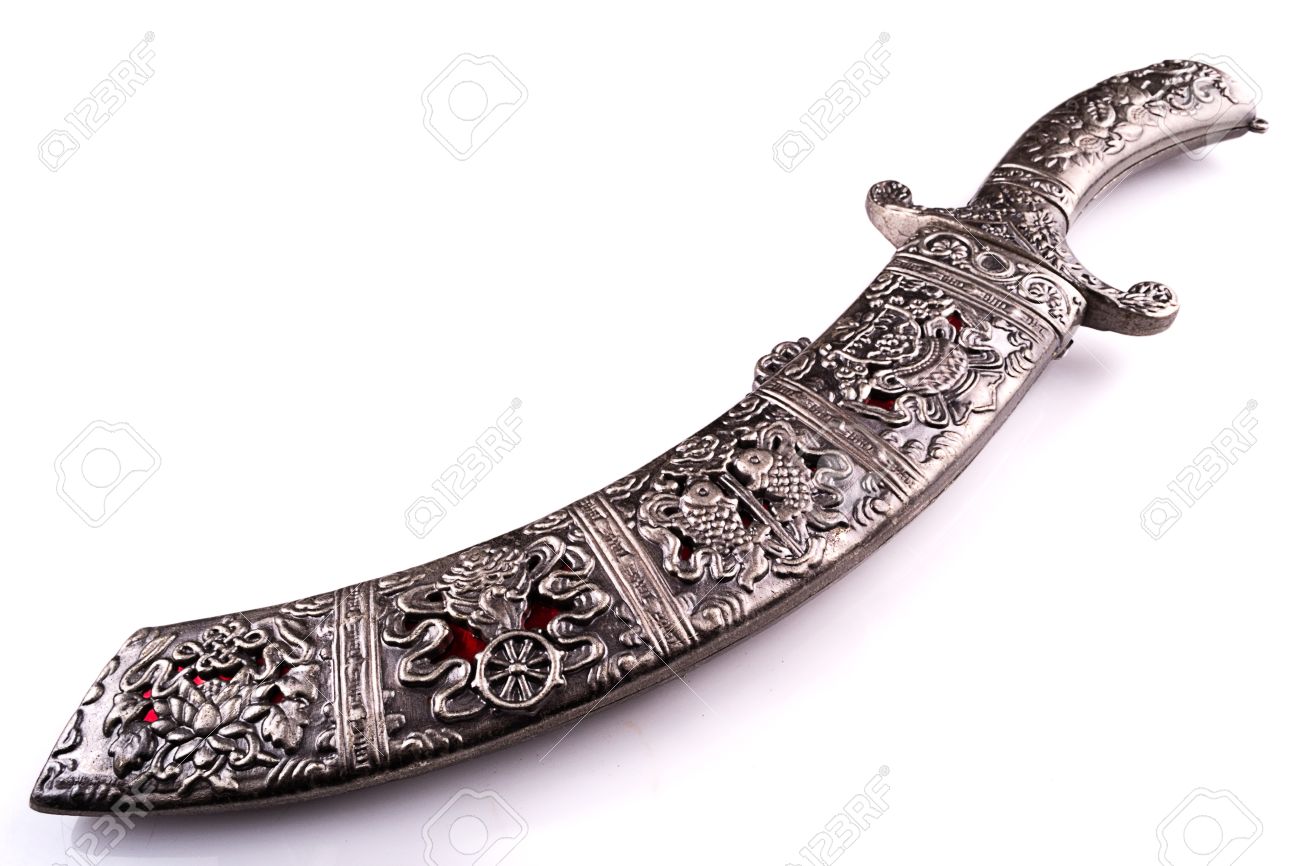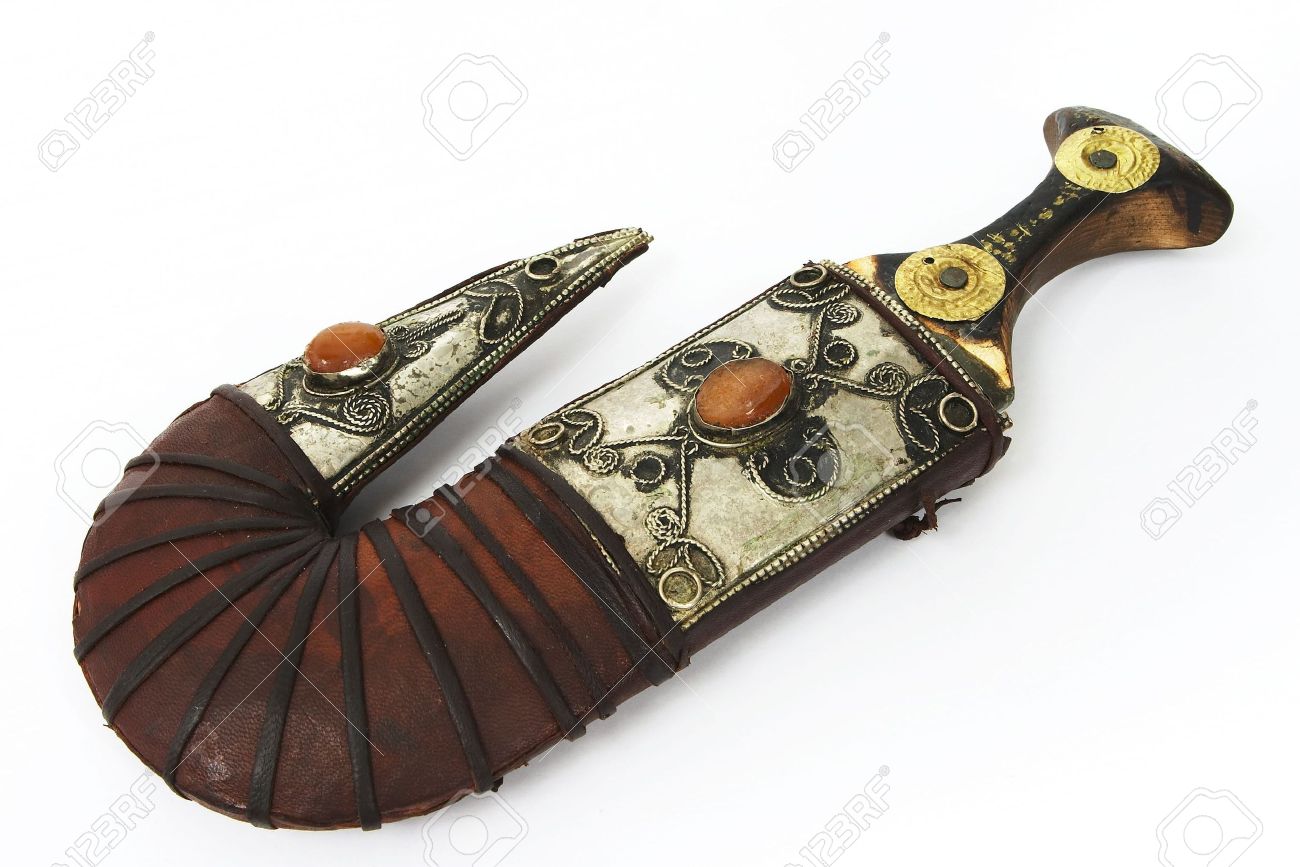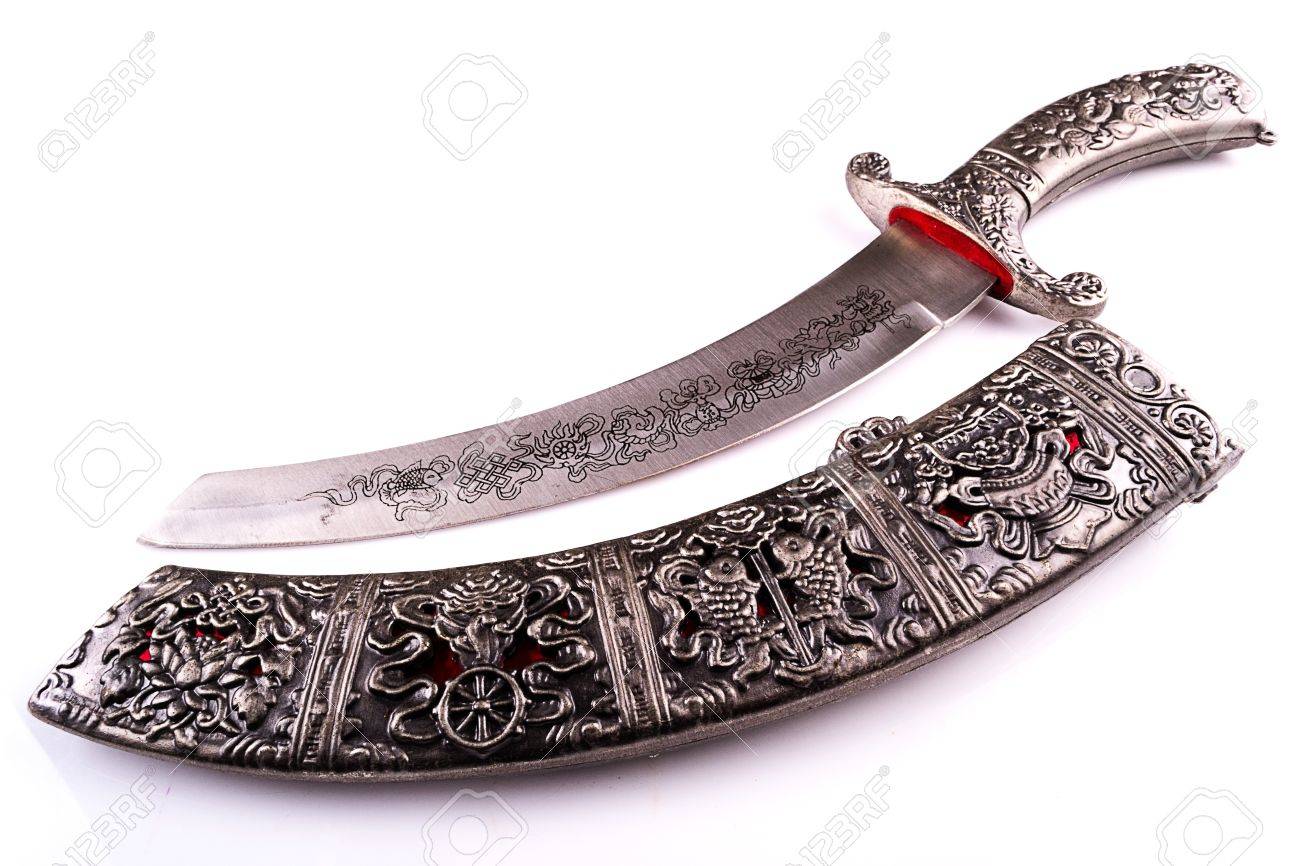al-Hasani
ELITE MEMBER

- Joined
- Feb 1, 2013
- Messages
- 14,036
- Reaction score
- 43
- Country
- Location
@Banu Hashim
Al-Hasani buddy How are you.... ...
Yeah two of my future dream is to have Arabian sword ( even though I dont know where I can get it, it is forbidden to carry it trough plane of course) and SS-2 V 5 riffle which is impossible to acquire unless I am a high official in my country

I am good my friend. What about you?
Actually I have to correct you here. It depends on the country and airline. Let us presume that you one day will visit a country in the Arabian Peninsula famed for swords and daggers (KSA, Yemen or Oman mostly). You buy such a sword as a souvenir and you obviously want to take it with you back home. In such a case you arrange the transport of that sword with the airline. For instance you can transport the sword in your checked in luggage. You must declare it though. Obviously you cannot have it as your hand-carry. In other words you cannot have a sword with you in the cabin.
It's legal to keep swords in those Arabian countries and I presume that the same is the case with Indonesia. So that should not be a problem. Only the transport.
I know the procedure myself as I have transported swords and daggers from KSA to France. My father and two of my older brothers have also transported weapons (intended for hunting) between the ME/Africa and Europe too.
Some countries have extremely strict gun laws and knife legislation (Japan is a good example) so if you are not careful you can get into serious trouble.
I don't know anything about gun laws in Indonesia.

Wow .
Very wonderful job and interesting infos .
Thanks man !
I'll back inshaa Allah.
Please feel free to contribute with some photos of beautiful swords or dagger as well brother.
Nice contribution @Frosty . Feel free to contribute more as well.
Also you guys should also check out the handcraft that is behind making a sword. See the two videos that I attached in my opening post. It's a young Finnish blacksmith that demonstrates how Damascus steel is made. I imagine that it would be funny to do this yourself as a side hobby, lol. Relaxing too.
Two nice videos demonstrating the amazing balance of the blade;
Last edited:



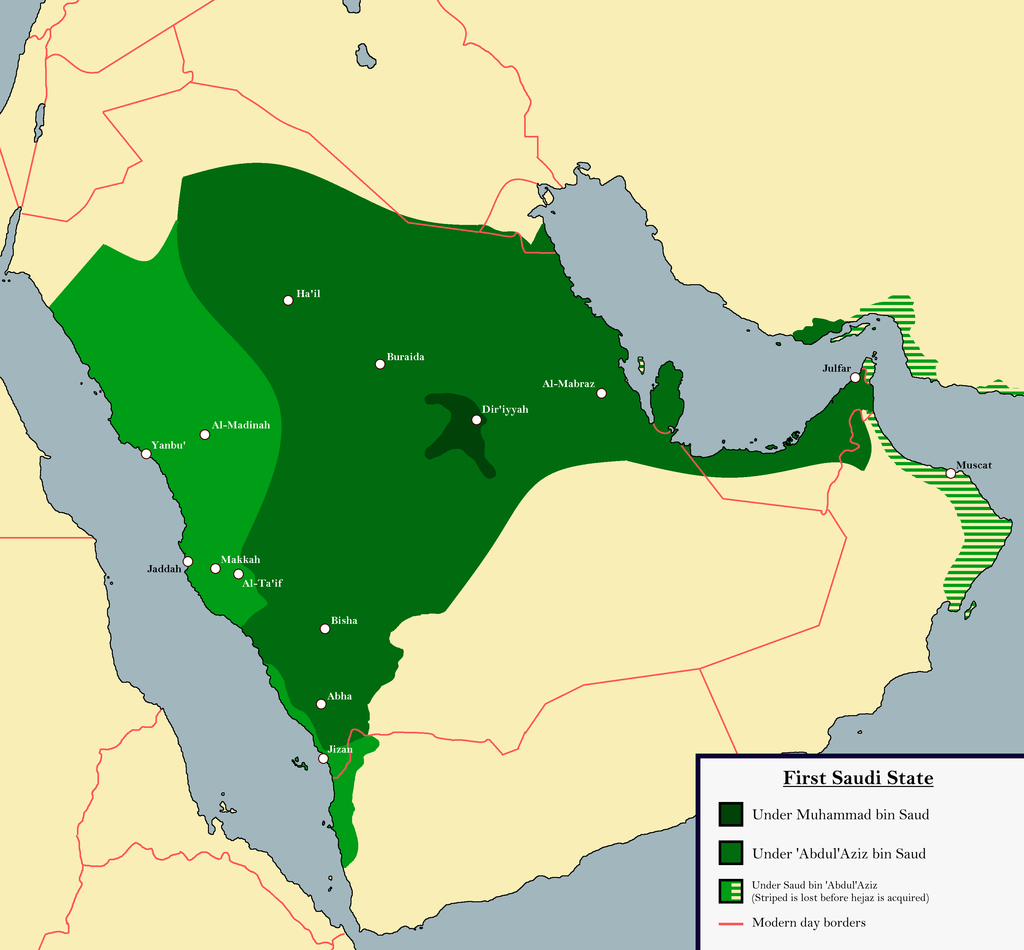














































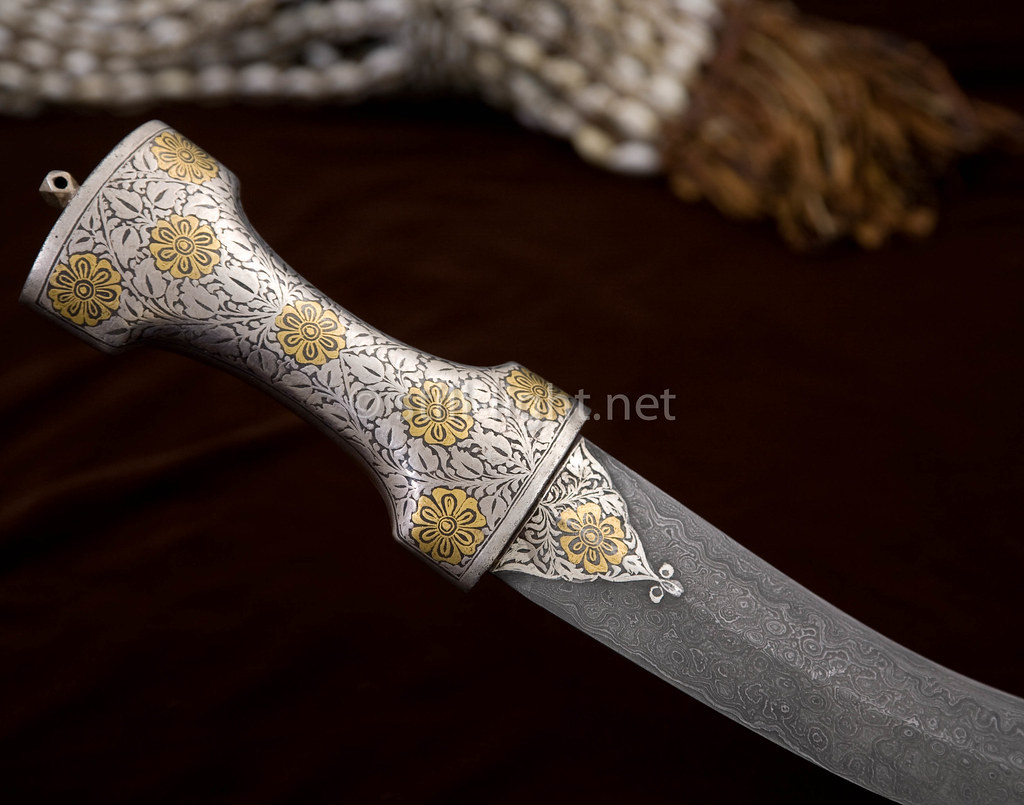 2009 Jambiyah
2009 Jambiyah February Jambiyah
February Jambiyah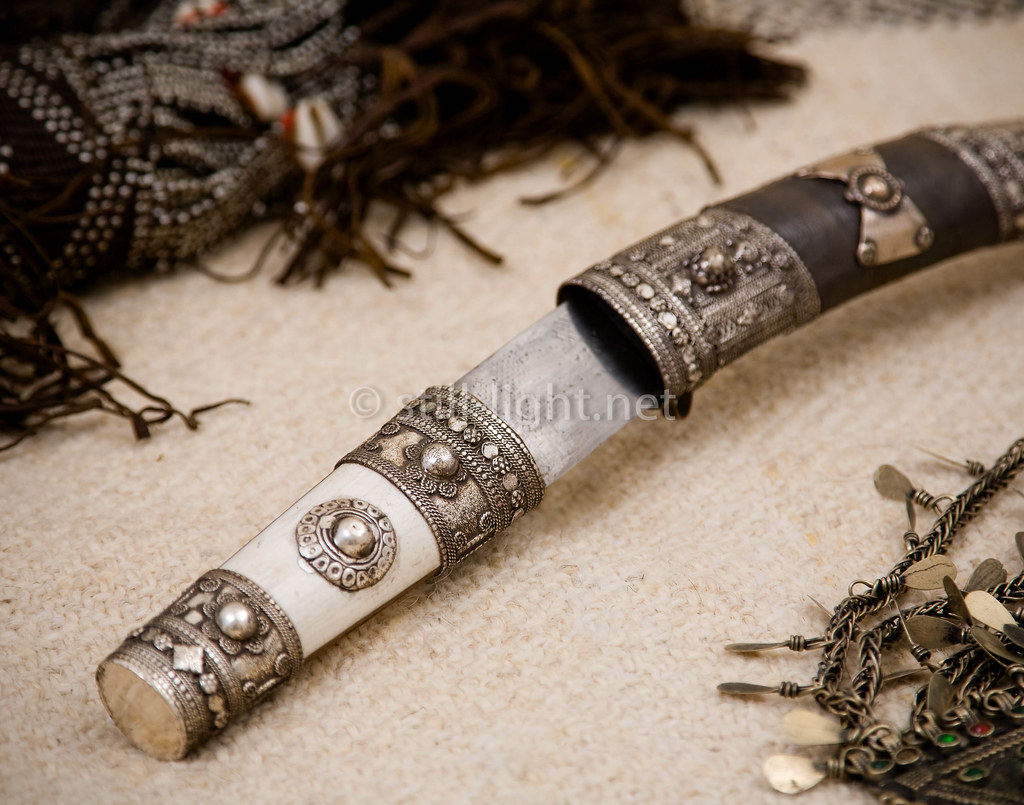 October Jambiyah
October Jambiyah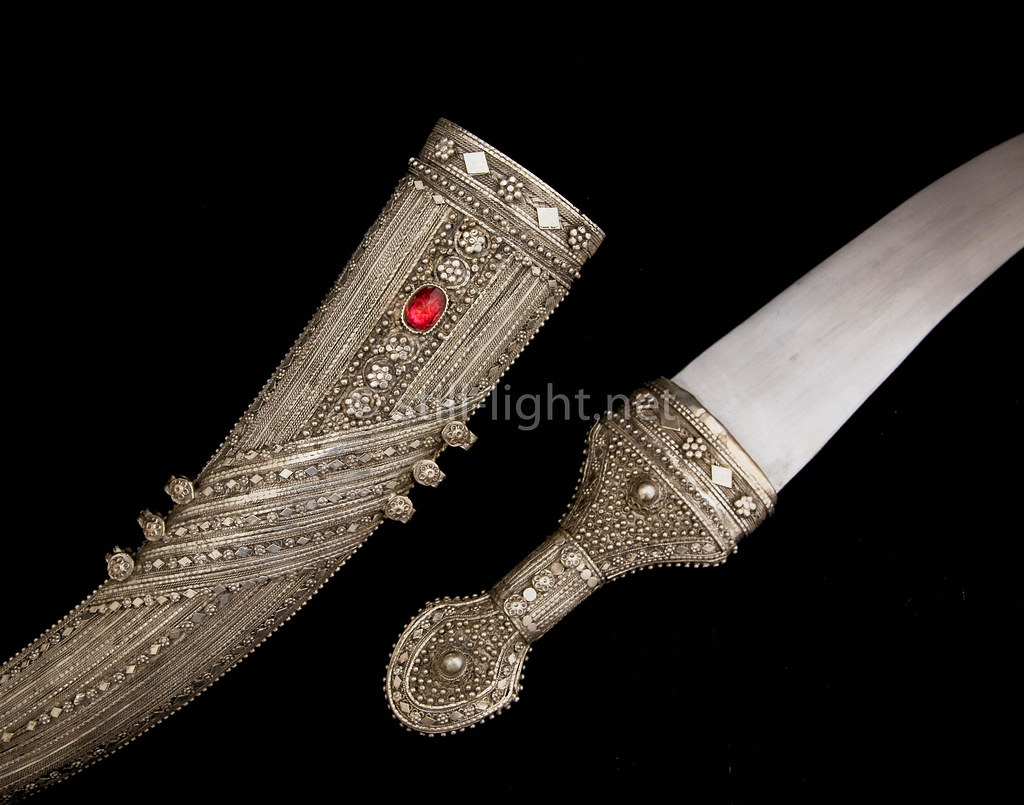 June Jambiyah
June Jambiyah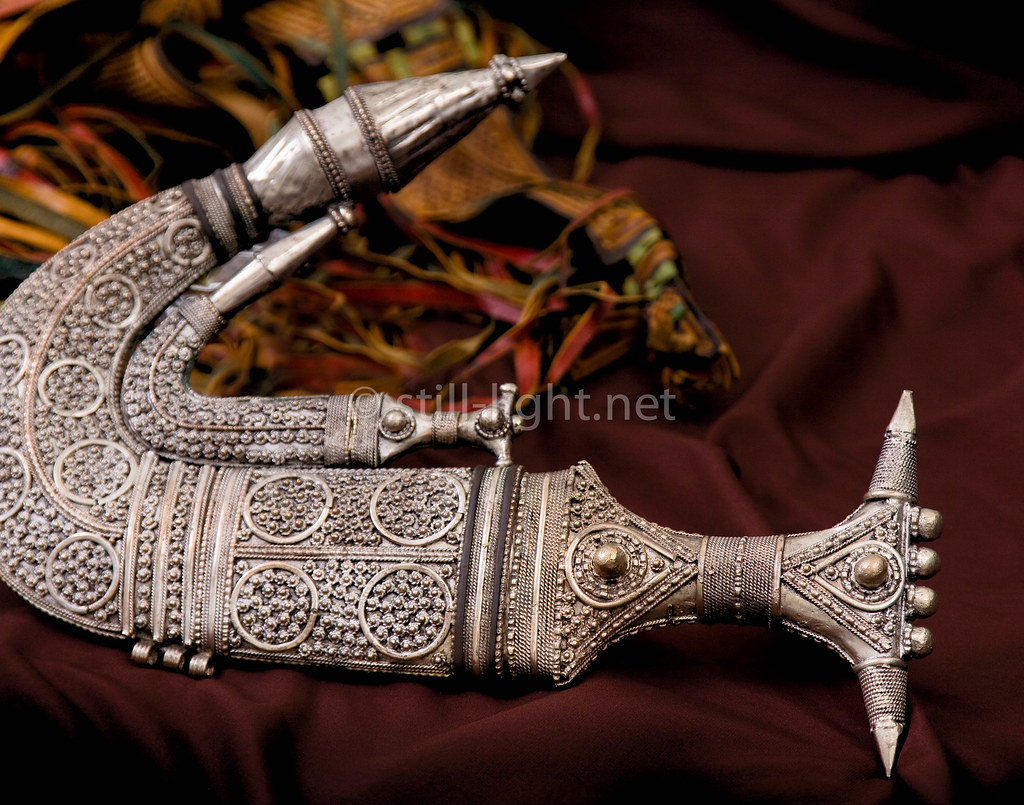 September Jambiyah
September Jambiyah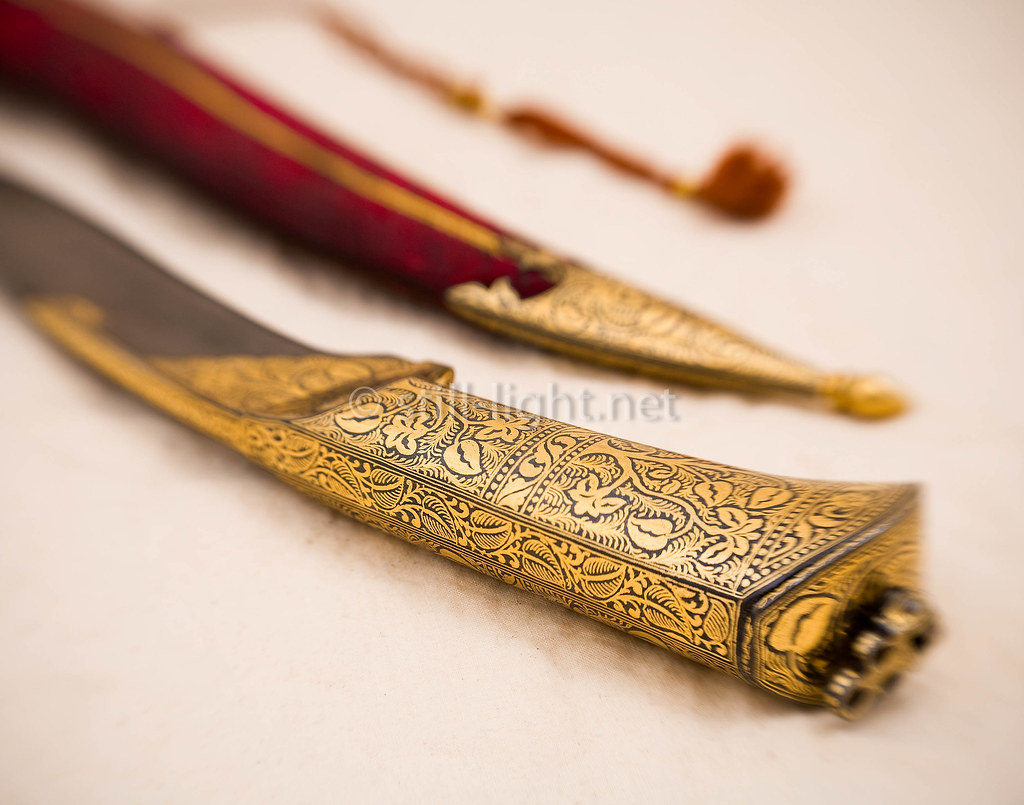 January Jambiyah
January Jambiyah piccolo uomo grande pugnale
piccolo uomo grande pugnale
